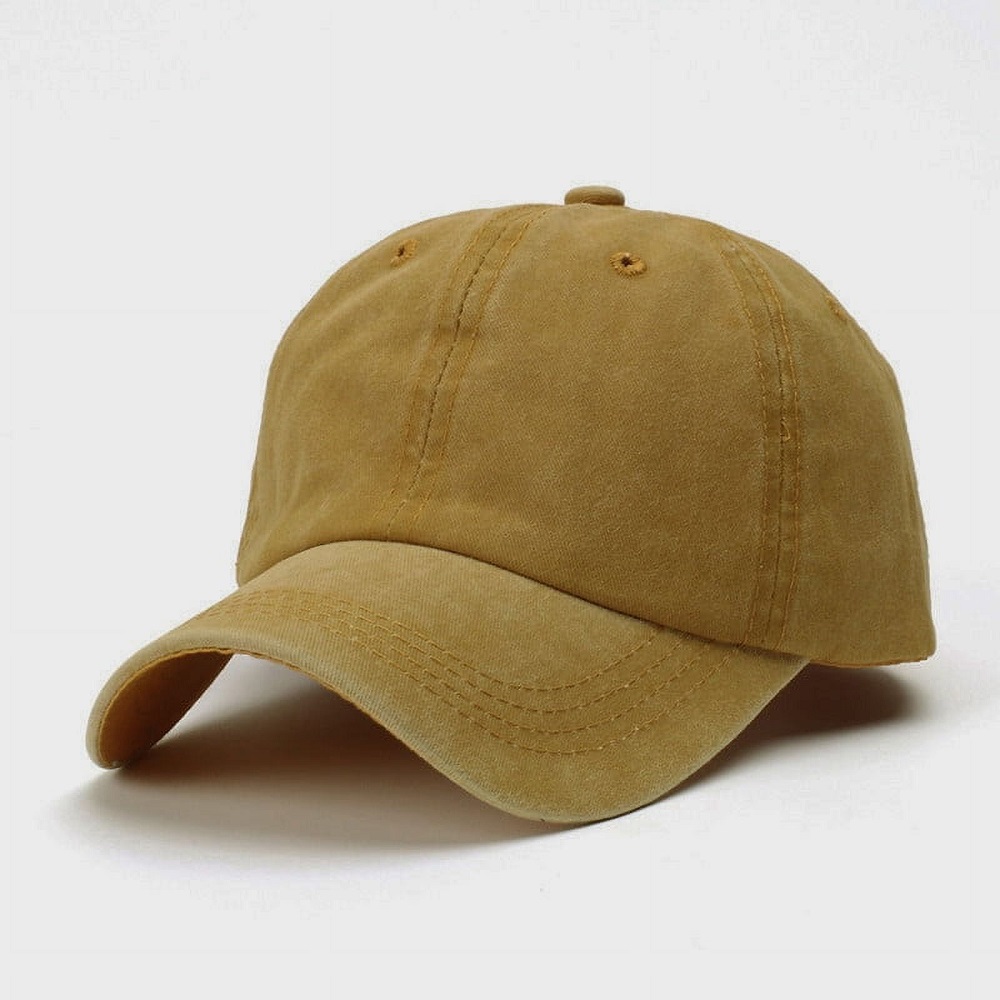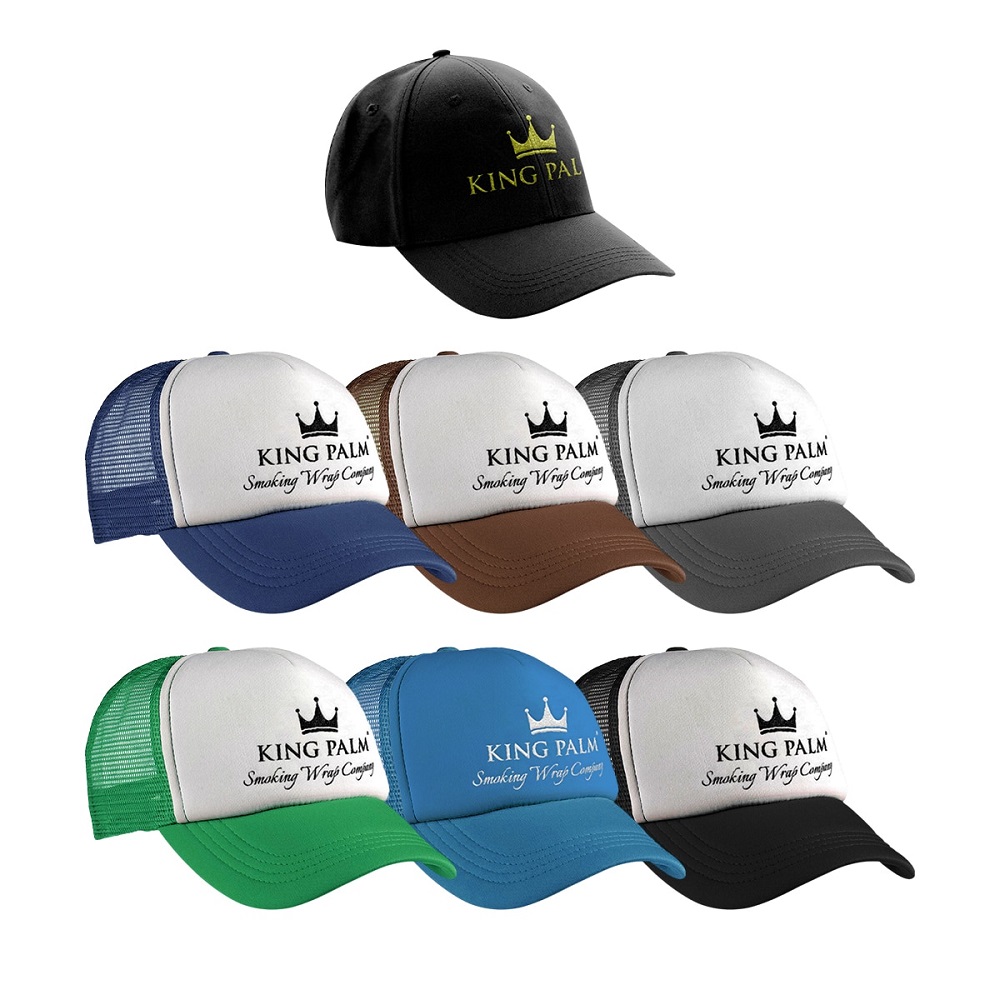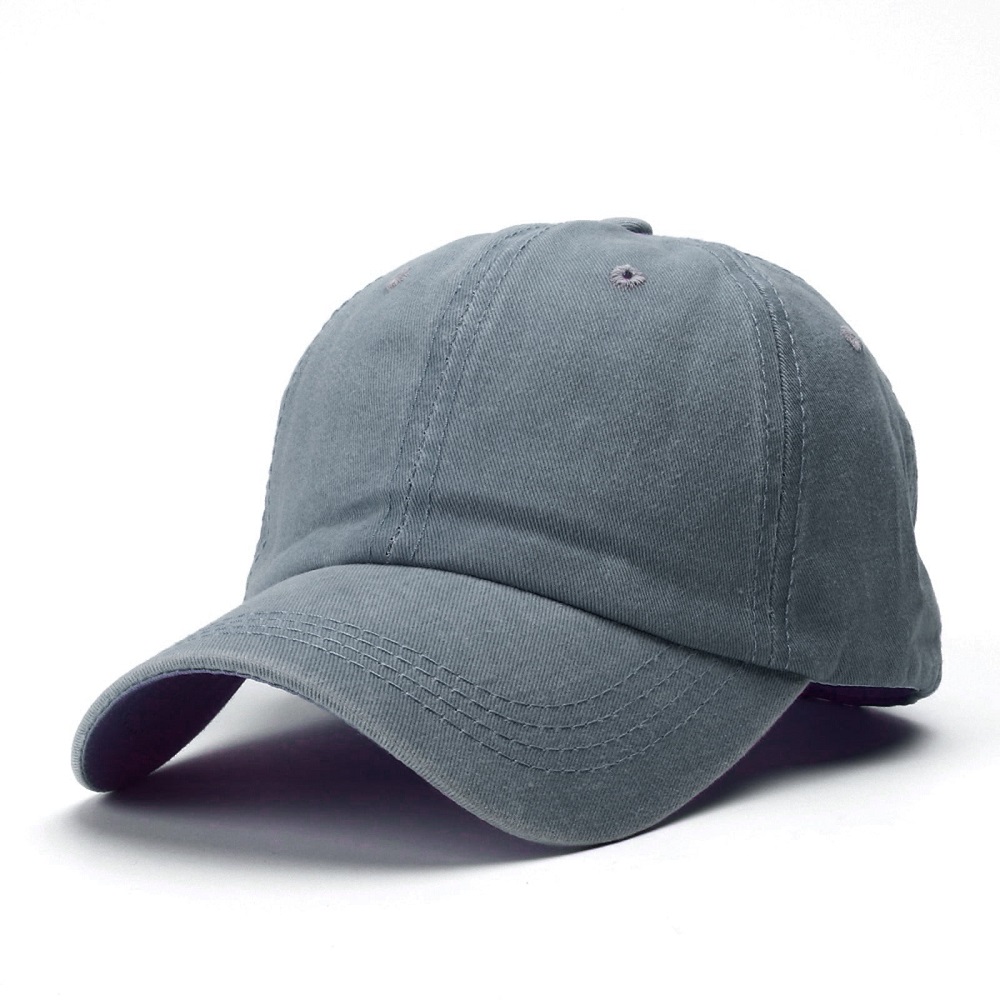Baseball caps are not just fashion accessories; they are practical items that provide shade, comfort, and protection. Whether you are a collector, an athlete, or simply someone who enjoys wearing caps, keeping them in excellent condition is essential. This guide will walk you through the importance of properly wrapping a baseball cap and offer step-by-step instructions for optimal protection.
Understanding the Importance of Proper Cap Protection
Why Protect Your Baseball Cap?
Protecting your baseball cap is crucial for several reasons. First and foremost, caps can be exposed to various elements that might lead to wear and tear—sunlight, rain, dust, and dirt can all degrade the fabric over time. A baseball cap that is not protected can lose its shape, color, and overall aesthetic appeal. Furthermore, if you are a collector or use caps for branding or promotional events, maintaining their condition is vital for presentation purposes.
Additionally, proper protection can prolong the life of your cap, allowing you to enjoy it for years to come. Whether it’s a daily wearer or a limited edition piece, ensuring its preservation speaks volumes about your commitment to quality and durability.
Common Damage to Baseball Caps
Before diving into the protective wrapping techniques, it’s important to understand the types of damage a baseball cap can face. Common issues include fading due to sun exposure, dirt and stains from outdoor use, and deformation caused by improper storage. Caps made from fabric are particularly susceptible to staining, while those with a stiff bill may lose their shape if not stored correctly.
Regular cleaning and protection against these elements can prevent irreversible damage. Taking the time to wrap and store your baseball cap properly lets you maintain its condition while celebrating its role as a beloved accessory.

Materials Needed for Wrapping a Baseball Cap
Essential Items to Gather
To wrap a baseball cap for optimal protection, you will need a few essential materials. Grab a clean, soft cotton cloth or microfiber towel for cleaning and drying the cap. You’ll also want to have a roll of acid-free wrapping paper or tissue paper to wrap the cap effectively without causing damage. A quality storage box is advisable for longer-term protection, and, if desired, packing tape or twine can be employed to secure the wrapping.
These materials are easy to find and inexpensive, ensuring that protecting your baseball cap can be a straightforward task. Ensuring you have the right tools at hand will make the wrapping process seamless and efficient.
Selecting the Right Storage Option
While wrapping your cap is vital, choosing the correct storage method plays an equally important role in its preservation. A sturdy box designed to hold hats is ideal, as it ensures that the cap retains its shape while being stored. Ideally, the box should be roomy enough to allow the wrapped cap to fit comfortably without being squished or crumpled.
Some individuals may also choose a dedicated cap rack or display case. While less protective than a box, these alternatives allow you to showcase your cap collection, adding functional decor to your living space. They can be perfect for collectors who want easy access to their caps or mere enthusiasts who appreciate displaying their favorite designs.
Step-by-Step Instructions for Wrapping a Baseball Cap
Preparing the Cap
The first step in properly wrapping your baseball cap involves cleaning and preparing it for storage. Use a soft cotton cloth or microfiber towel to wipe down the exterior, removing dust, dirt, or any remnants of sweat. If your cap is heavily stained, consider using a mixture of mild detergent and water for spot cleaning. Gently scrub the affected areas to avoid damaging the fabric.
Once the cap is clean, ensure it is completely dry before moving forward. Wet fabric can trap moisture, which could lead to mold or mildew over time, particularly in dark or humid conditions. Allow the cap to air dry in a well-ventilated area, avoiding direct sunlight that could cause fading.
Wrapping the Baseball Cap
After preparing your cap, it’s time to wrap it. Lay down a sheet of acid-free wrapping paper or tissue paper on a flat surface. Place the cap upside down on the paper. Start by placing a sheet over the bill of the cap, ensuring it covers the entire surface. Then, wrap the sides and back of the cap, using additional sheets as necessary.
It’s crucial to avoid wrapping too tightly, as this can distort the shape. Instead, secure the wrapping by lightly folding the paper over the cap. If desired, use packing tape or twine to hold the wrapping in place. However, make sure that the adhesive of the tape isn’t directly touching the cap to avoid potential residue.

Storing the Wrapped Baseball Cap
With your baseball cap wrapped, the next step is to store it correctly. Place the wrapped cap inside a sturdy storage box that can keep it safe from light, dust, and potential crushing. If using a box, ensure that it’s clean and dry beforehand. For added protection, consider placing a layer of acid-free tissue paper at the bottom of the box.
When placing multiple caps in one box, space them adequately to avoid friction or pressure on each other. If your wrapping method has secured the cap well, there’s no need to stack them excessively, which may cause deformation over time. Make sure to store the box in a cool, dry place away from direct sunlight.
Additional Tips for Maintaining Your Baseball Cap
Regular Checks
While wrapping and storing your baseball cap correctly goes a long way toward protection, regular maintenance is equally important. Every few months, check on your stored caps. Remove them from the box to inspect for any signs of mold, mildew, or damage. This will offer you a chance to address any potential issues before they worsen.
If you find any signs of damage or moisture, clean the cap immediately and dry it thoroughly. This proactive approach can prevent issues from escalating, allowing you to enjoy your cap for years to come.
Avoiding Common Mistakes
It’s easy to make mistakes that could detrimentally affect the condition of your baseball cap. One common error is using excessive force when wrapping or storing the cap, leading to deformation. Another mistake is neglecting to clean the cap before wrapping it. Failing to remove dirt or sweat can create stains or unpleasant odors over time.
Always make a habit of checking that your cap is dry before wrapping and that you are using the right materials and methods for storage. A little care can ensure your hat remains in prime condition.

Conclusion
All in all, wrapping a baseball cap for optimal protection is an essential task for anyone who values their headwear. From understanding the importance of protecting your cap to the step-by-step wrapping process and effective storage solutions, this ultimate guide provides you with the knowledge and techniques to preserve your favorite caps.
Through careful handling and routine checks, you can maintain their condition while enjoying them for various occasions. By investing time in protecting your baseball caps, you can rest assured knowing they will retain their style and functionality for years. Whether you wear them often or store them for future use, wrapping a baseball cap properly is an art that pays off in longevity and quality.
